Professional photographers recommend the best films to use
There is no best film, just the right film for the right situation and for the right photographer.
After Kodak announced it would bring back its Ektachrome film, five years after it was first discontinued, TIME LightBox is taking a look at the state of film photography, asking the manufacturers and photographers to explain why they are still backing the analogue format in the digital age.
From color to black-and-white, 35mm to medium and large format, renowned professional photographers select the films they love. They tell us why and expand on the effects those films have had on their looks and their processes in their careers.
35mm Black & White: Kodak Tri-X 400 – Jocelyn Bain Hogg
[time-brightcove not-tgx=”true”]
Jocelyn Bain Hogg dives into his stories and sticks with them. His project The Firm, which has matured into The Family, follows the British organized underground crime world. He began the project in 1998 when film was the only option. He has chosen to stick with the medium to keep his photographs visually consistent but his love for the film started when he was 14. “It’s one of those habits,” he tells TIME. “I prefer it to the HP5. You have to think how you’re going to solve a puzzle. There’s something to be said about that learning curve. To have to work harder.”
Surprisingly, he gives an unexpected argument for film: It’s archival. “The one thing we all forget is that film does last. We don’t know with technology how it’s going to change. We continually update our hard drives because technology says we need to but a roll of film is a roll of film, is a roll of film.”
Buy it on Amazon.
35mm Color: Cinestill 50 Daylight Xpro C-41 – Stuart Franklin

Magnum photographer Stuart Franklin still shoots a ton of film. “I have done more assignments on film in the last year than I have on digital by a factor of about three.”
While he admits that digital works better in low light, he chooses film for its ability to accurately portray light. “It’s very, very special I think. When it comes to outdoors and the brights contrasty light, film is perfect. When you look out at the world a lot of color gets lost or not picked up. What I feel about this film is it is actually getting the colors that I see.”
Medium Format B&W: Ilford Delta 100 – Dan Winters

Portrait photographer Dan Winters chooses the film because of how smart it makes his images look. “It’s a very high acute, it has a great edge effect,” he says. “So there’s the illusion of sharpness that’s actually not even in the image.”
He points out that the developer used to process the film and the paper it is printed on is as important to the look of a photograph as the film itself. Winters processed the film for the image above in Rodinol developer and printed it on Ilford Multigrade Fiber Based, Warmtone Gelatin Silver Paper. “That would be the combo that I would say would warm my heart.”
Buy it on Amazon.
Medium Format Color: Kodak Portra 400 Professional – Rena Effendi

Rena Effendi has experimented with many films, both black-and-white as well as color, but she has found her match. ”I think I kind of have arrived at the Kodak as my film of choice,” she tells TIME. “But I like Kodak Portra now, the normal, the 400. It gives very good results, [it looks] very natural.”
Effendi also appreciates the unexpected nature of the film. “I love the surprises with film. Once you scan it and you’re just, ‘What is this strange color? I have not seen that.’ It’s not Photoshop. It’s not a filter. It’s just something natural that came out in the chemistry of the film. It’s always very nice to discover that. It’s pleasant, but you didn’t construct it.”
Buy it on Amazon.
Large Format B&W: Kodak Tri-X Professional – Nicholas Nixon

Nicholas Nixon has it down to a science. He has shot most of his work on 8×10 but in his quest for perfection now uses an even larger 11×14 cameras. For him it’s not only the film but how it is shot and processed.
“Tri-X Professional 320 ISO rating, but I cut it in half because it makes the shadows richer. Steiglitz and Weston did it. Keep the highlights down and boost the shadows. Overexpose by one stop, under developing by 20%.”
The Tri-X, he adds, is “slightly more expensive than Ilford but I’m a grownup, I can afford it.”
Buy it on Amazon.
Large Format Color: Kodak Portra 160 – Greg Miller

Greg Miller prefers Kodak’s films because “they’ve got really good at recording skin tones,” he says. “I’m a portrait photographer, that film is perfect for me. I shoot people and I need to shoot in darker places. Their research and development went into creating film where people can a lot of mistakes and still recover.”
He enjoys that photographers shooting Portra 160 in low light can underexpose by two stops and still have strong images.
Large format film can be quite expensive, though. “I’ll buy 100 sheets at a time which is a $1500 purchase when I do it,” he says. “For some people that gives them pause. It’s a lot of money but I try not to think about that because it’ll kill you. The price when I started shooting was $7 a sheet. It’s doubled in that time. But I want to make pictures that are worth way more than that.”
Buy it on Amazon.
(Read TIME’s affiliate link policy.)
-
35mm Black & White: Kodak Tri-X 400 – Jocelyn Bain Hogg
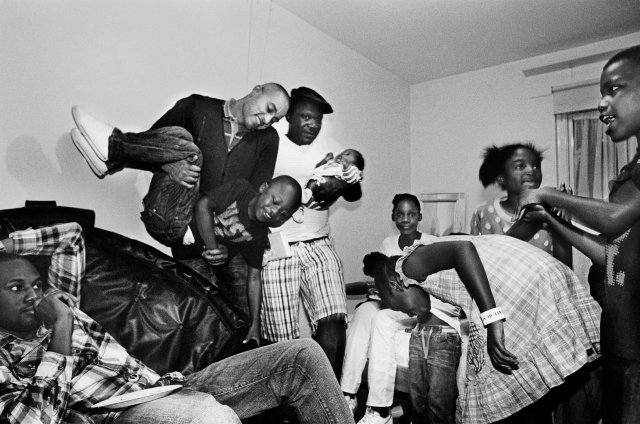
Jocelyn Bain Hogg—VII Teddy Bambam's extended family gathers at the wake of Teddy's father, Ossie Linton Barnett, in Dulwich, south London on Aug. 1, 2011. Jocelyn Bain Hogg dives into his stories and sticks with them. His project The Firm, which has matured into The Family, follows the British organized underground crime world. He began the project in 1998 when film was the only option. He has chosen to stick with the medium to keep his photographs visually consistent but his love for the film started when he was 14. “It’s one of those habits,” he tells TIME. “I prefer it to the HP5. You have to think how you’re going to solve a puzzle. There’s something to be said about that learning curve. To have to work harder.”
Surprisingly, he gives an unexpected argument for film: It’s archival. “The one thing we all forget is that film does last. We don’t know with technology how it’s going to change. We continually update our hard drives because technology says we need to but a roll of film is a roll of film, is a roll of film.”
Buy it on Amazon.
-
35mm Color: Cinestill 50 Daylight Xpro C-41 – Stuart Franklin
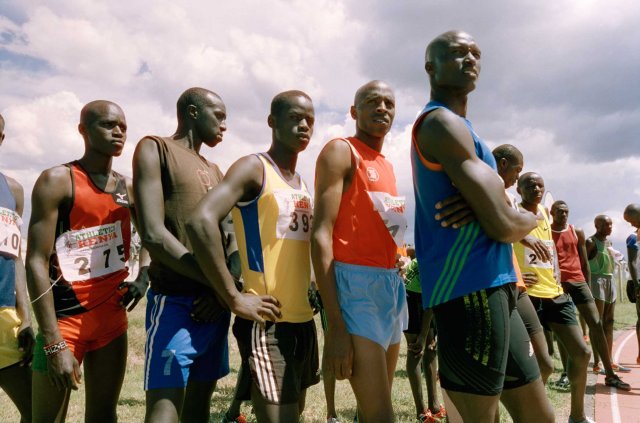
Stuart Franklin—Magnum Photos Runners preparing for the Olympic Games in Kenya, 2016. Magnum photographer Stuart Franklin still shoots a ton of film. “I have done more assignments on film in the last year than I have on digital by a factor of about three.”
While he admits that digital works better in low light, he chooses film for its ability to accurately portray light. “It’s very, very special I think. When it comes to outdoors and the brights contrasty light, film is perfect. When you look out at the world a lot of color gets lost or not picked up. What I feel about this film is it is actually getting the colors that I see.”
-
Medium Format B&W: Ilford Delta 100 – Dan Winters
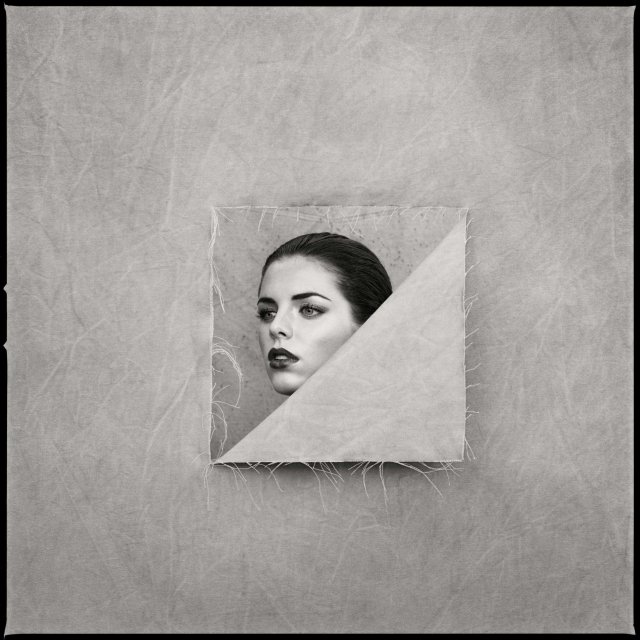
Dan Winters Portrait photographer Dan Winters chooses the film because of how smart it makes his images look. “It’s a very high acute, it has a great edge effect,” he says. “So there’s the illusion of sharpness that’s actually not even in the image.”
He points out that the developer used to process the film and the paper it is printed on is as important to the look of a photograph as the film itself. Winters processed the film for the image above in Rodinol developer and printed it on Ilford Multigrade Fiber Based, Warmtone Gelatin Silver Paper. “That would be the combo that I would say would warm my heart.”
Buy it on Amazon.
-
Medium Format Color: Kodak Portra 400 Professional – Rena Effendi
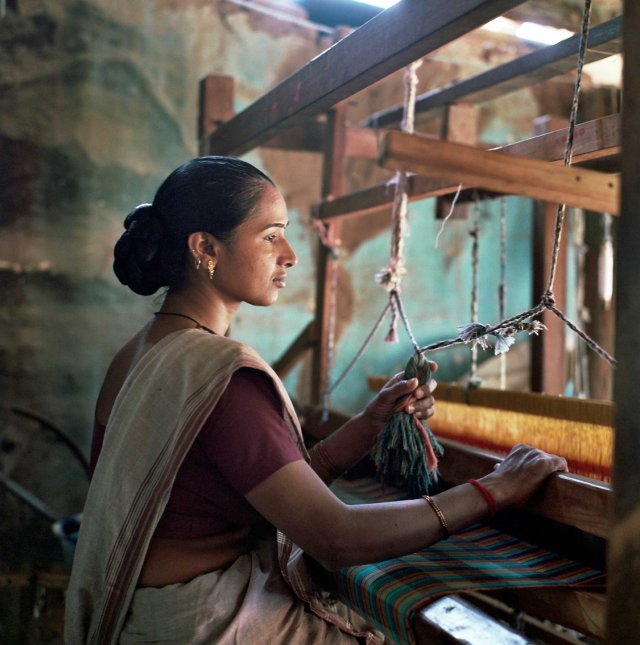
Rena Effendi Geeta Bhen at a loom as part of the SEWA economic initiative for sari and cloth makers in Sinhol town of Gujarat, India on March, 2013. Rena Effendi has experimented with many films, both black-and-white as well as color, but she has found her match. ”I think I kind of have arrived at the Kodak as my film of choice,” she tells TIME. “But I like Kodak Portra now, the normal, the 400. It gives very good results, [it looks] very natural.”
Effendi also appreciates the unexpected nature of the film. “I love the surprises with film. Once you scan it and you’re just, ‘What is this strange color? I have not seen that.’ It’s not Photoshop. It’s not a filter. It’s just something natural that came out in the chemistry of the film. It’s always very nice to discover that. It’s pleasant, but you didn’t construct it.”
Buy it on Amazon.
-
Large Format B&W: Kodak Tri-X Professional – Nicholas Nixon
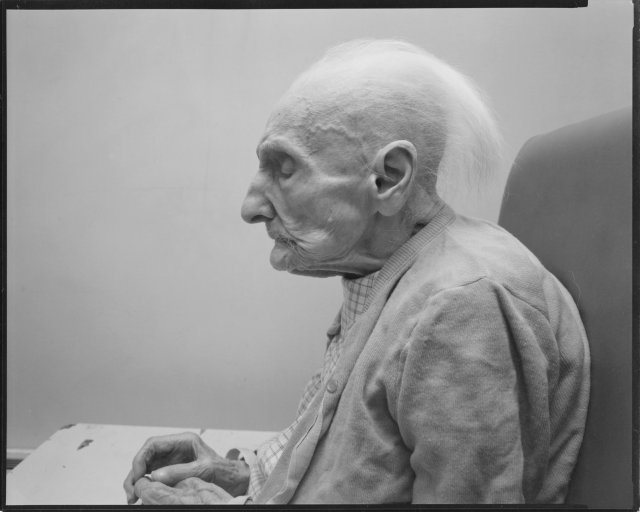
Nicholas Nixon—Courtesy Fraenkel Gallery, San Francisco Boston, 1983. Nicholas Nixon has it down to a science. He has shot most of his work on 8×10 but in his quest for perfection now uses an even larger 11×14 cameras. For him it’s not only the film but how it is shot and processed.
“Tri-X Professional 320 ISO rating, but I cut it in half because it makes the shadows richer. Steiglitz and Weston did it. Keep the highlights down and boost the shadows. Overexpose by one stop, under developing by 20%.”
The Tri-X, he adds, is “slightly more expensive than Ilford but I’m a grownup, I can afford it.”
Buy it on Amazon.
-
Large Format Color: Kodak Portra 160 – Greg Miller

Greg Miller Greg Miller prefers Kodak’s films because “they’ve got really good at recording skin tones,” he says. “I’m a portrait photographer, that film is perfect for me. I shoot people and I need to shoot in darker places. Their research and development went into creating film where people can a lot of mistakes and still recover.”
He enjoys that photographers shooting Portra 160 in low light can underexpose by two stops and still have strong images.
Large format film can be quite expensive, though. “I’ll buy 100 sheets at a time which is a $1500 purchase when I do it,” he says. “For some people that gives them pause. It’s a lot of money but I try not to think about that because it’ll kill you. The price when I started shooting was $7 a sheet. It’s doubled in that time. But I want to make pictures that are worth way more than that.”
Buy it on Amazon.